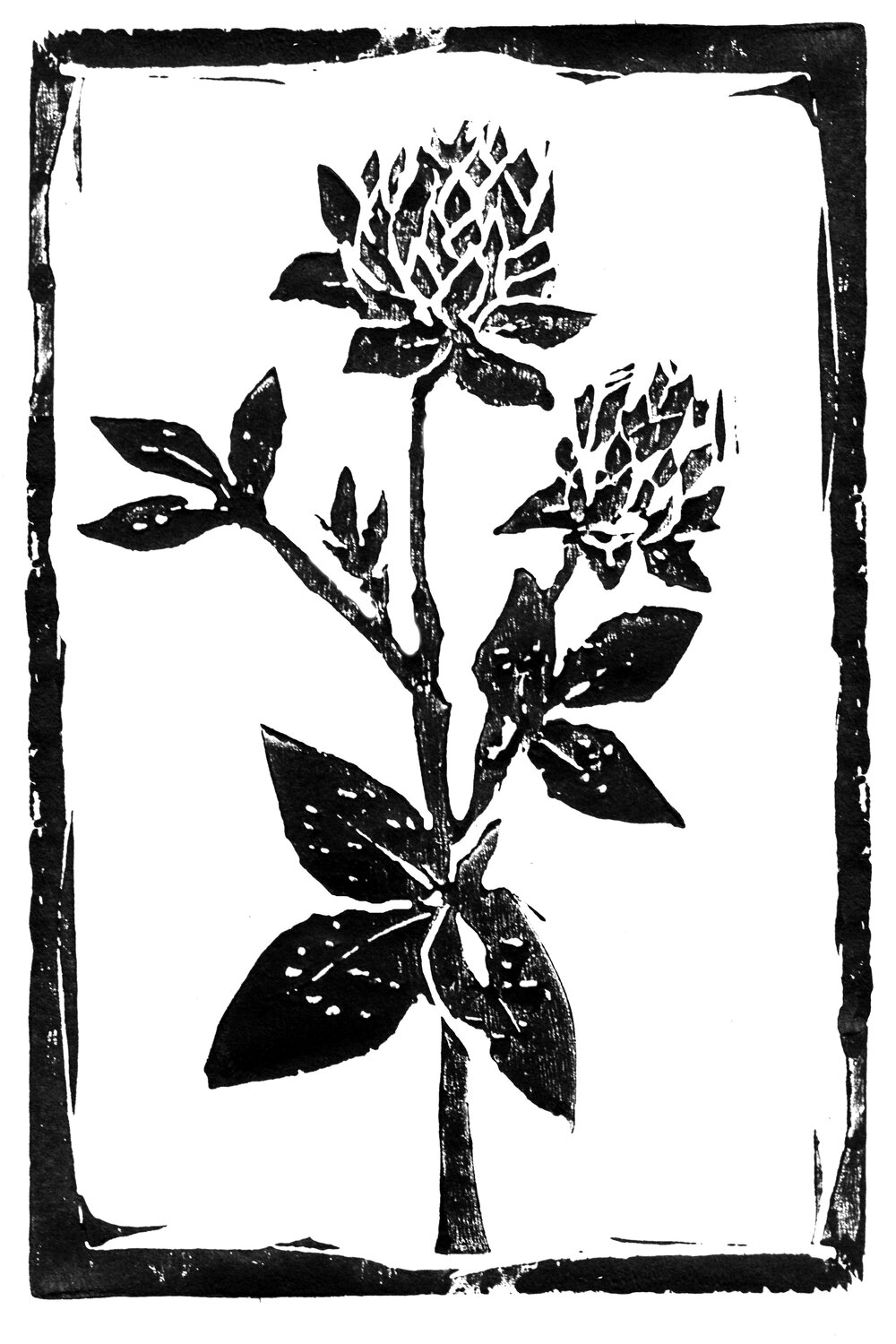This is one of my all-time-favorite egg recipes. I found the original at twopeasandtheirpod.com, and have adapted it minimally. I don't use any super-special chocolate, just dark chocolate that I get from the bulk bins at the co-op. I of course use our super-fresh, super-delicious eggs, and that makes this one of the most deluxe, luscious desserts I ever create. I love to share this with guests, because it seems super impressive ("Oh, I made chocolate mousse!") but is actually REALLY easy! 3 ingredients. Count 'em.
Chocolate Mousse
7 ounces bittersweet or semi-sweet chocolate, finely chopped (sometimes I use chips, not chopped)
4 large eggs, at room temperature, separated (put the whites in a large bowl, because you will be whipping them)
Pinch of coarse salt
1. Place the chocolate in a double boiler over barely simmering water. I use a regular small saucepan with a stainless steel bowl set on top, big enough that it doesn't slip down in the pot; then this serves as my mixing bowl, too. Heat until chocolate is almost completely melted, stirring occasionally. Remove from heat and stir until smooth. Set aside and let cool to near room temperature.
2. Whisk egg whites and salt until stiff peaks form.
3. Stir yolks into cooled chocolate. Add 1/3 of the whipped egg whites to the bowl with the chocolate and fold in gently. Fold in the remaining whites gently just until no visible white streaks are left.
4. Pour the mix into 6 individual serving dishes. Cover and refrigerate at least 3 hours.
5. Enjoy with company. We always try to eat all of this within about 3 days, as it is made with raw eggs; that isn't generally an issue. YUM!
Melted chocolate ...
Whipped egg whites ...
Lush yellow yolks ...
Almost mixed.
Done! Chill and YUM.








